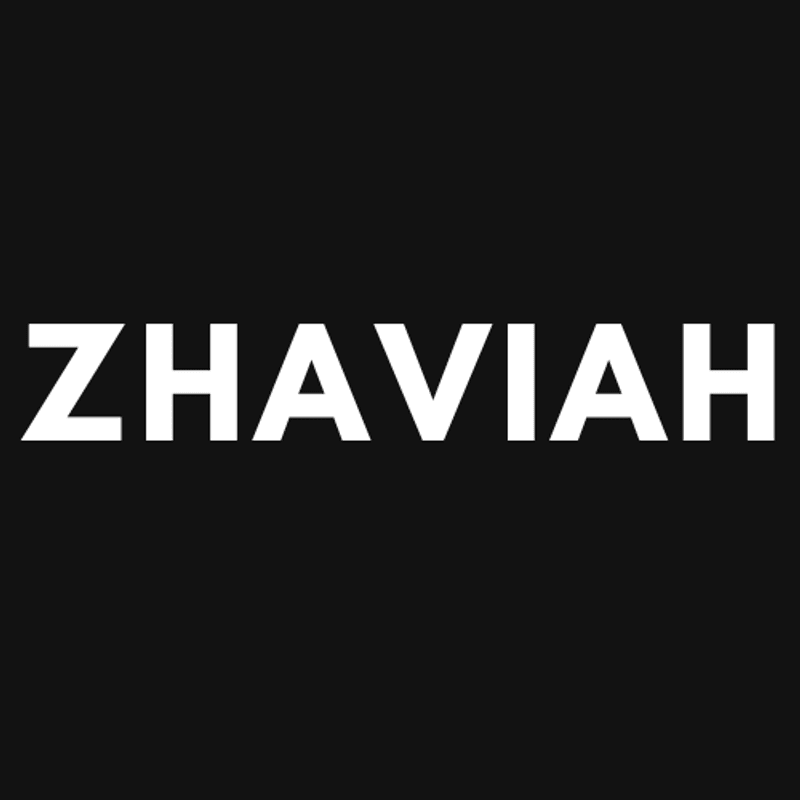Islamic dress code for women has often been a topic of controversy and confusion. The three most commonly known forms of Islamic clothing for women are hijab, niqab, and burqa. These garments are worn by muslim women around the world, but many people are confuse with the differences between them.
In this article, we will explore the different types of Islamic dress for women, their cultural and religious significance, and the reasons behind their use.
Hijab
The word "hijab" literally means "to cover" or "to veil" and refers to the headscarf worn by Muslim women. The hijab is a modest head covering that covers the hair, neck, until chest, leaving the face exposed. It is a symbol of modesty and privacy and is worn by Muslim women as an act of obedience to Allah and as a sign of their faith.
Hijabs come in a variety of styles and can be worn with different types of clothing. Some women choose to wear loose-fitting, long-sleeved garments that cover their arms and legs, while others opt for more modern styles that allow them to wear Western-style clothing.
Niqab
The niqab is a face-covering scarf that leaves just the eyes visible. It is worn by some Muslim women in certain parts of the world as a sign of modesty and privacy. The niqab is not mandatory in Islam but is a personal choice made by some women.
The niqab has been the subject of controversy in some Western countries, where it is sometimes seen as a symbol of oppression. However, many Muslim women who choose to wear the niqab see it as an expression of their faith and as a way of protecting their privacy.
Burqa

The burqa is a garment that covers the entire body, including the face and hands, leaving only a small mesh opening for the eyes. The burqa is worn by some Muslim women in Afghanistan, Pakistan, and other parts of South Asia as a sign of modesty and privacy. It is not a requirement of Islam but is a cultural tradition that has been passed down through generations.
The burqa has also been the subject of controversy in some Western countries, where it is sometimes seen as a symbol of oppression. However, many Muslim women who choose to wear the burqa see it as an expression of their faith and as a way of protecting their privacy.
Conclusion
In conclusion, the hijab, niqab, and burqa are three different forms of Islamic dress for women. The hijab is a headscarf that covers the hair, neck, and chest, leaving the face exposed. The niqab is a veil that covers the face, leaving only the eyes exposed. The burqa is a garment that covers the entire body, including the face and hands, leaving only a small mesh opening for the eyes.
These garments are worn by Muslim women around the world as an act of obedience to Allah and as a sign of their faith. While they may be the subject of controversy in some Western countries, it is important to understand Islamic cultural, religious significance, and to respect the personal choices of those who choose to wear them.
You can also check out our hijab collection at zhaviah.com


